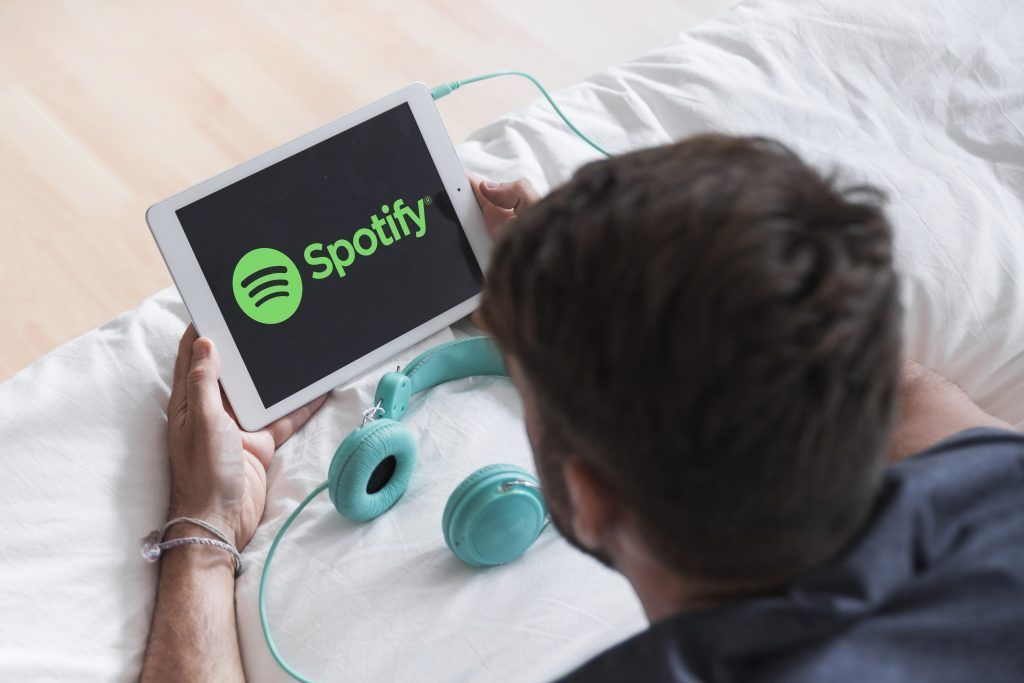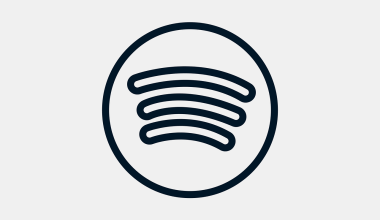Spotify has revolutionized how we listen to music, offering millions of tracks at our fingertips. But as listeners enjoy their favorite tunes, many wonder, “Does Spotify pay artists?” This question has sparked countless debates among fans, musicians, and industry experts. Let’s break it down in simple terms and discover how Spotify’s payment system works.
How Does Spotify Pay Artists?
Spotify operates on a unique royalty model. Unlike buying an album or a single track, Spotify pays artists based on the number of streams their music gets. But before we dive deeper, let’s clarify a few things. Spotify doesn’t pay artists directly. Instead, payments go through record labels, distributors, or rights holders who then distribute the money to artists.
So, how much does Spotify pay per stream? On average, Spotify pays between $0.003 and $0.005 per stream. This means an artist would need approximately 250 to 330 streams to earn a single dollar. Doesn’t sound like much, does it? Let’s explore why.
Why Are Spotify Payments So Low?
Spotify’s payment system is based on a “pro-rata” model. Here’s how it works:
- Spotify collects revenue from premium subscriptions and ads.
- A portion of this revenue is allocated for royalties.
- The royalty pool is divided among all rights holders based on total streams.
This system means that an artist’s earnings depend not only on their streams but also on the total streams across the platform. If total streams increase but an artist’s share remains the same, their payout per stream decreases.
Who Gets Paid?
When discussing Spotify payments, it’s essential to understand the roles of various players in the music industry:
- Rights Holders: These include record labels, distributors, and publishers who own or manage the rights to music.
- Songwriters and Composers: They receive a portion of the royalties through performance rights organizations (PROs).
- Artists: Depending on their contracts, they receive a share of the revenue from their rights holders.
Independent Artists vs. Signed Artists
Independent artists often receive a higher percentage of their royalties since they don’t share revenue with a label. However, they must handle distribution and promotion themselves. Platforms like DistroKid, TuneCore, and CD Baby help independent artists distribute their music to Spotify and other streaming services.
Signed artists, on the other hand, rely on record labels for promotion, production, and distribution. In exchange, labels take a significant share of the earnings. This trade-off can impact how much an artist ultimately earns from Spotify.
Challenges in Spotify’s Payment Model
While Spotify’s model has made music more accessible, it has its challenges:
- Low Per-Stream Payouts: Many artists struggle to earn a sustainable income from streaming alone.
- Competition: With millions of songs available, standing out can be tough.
- Opaque Distribution: Artists often don’t know how much of the Spotify payout actually reaches them.
How Can Artists Earn More on Spotify?
Despite these challenges, there are ways for artists to boost their earnings:
- Build a Loyal Audience: Engaged fans are more likely to stream music repeatedly.
- Promote Playlists: Getting featured on popular playlists can dramatically increase streams.
- Direct Fans to Spotify: Share Spotify links on social media, websites, and during live events.
- Leverage Spotify for Artists: This tool provides insights into streaming data and helps artists connect with fans.
What Listeners Can Do
Fans play a significant role in supporting artists. Here’s how you can help:
- Stream Music: Every stream contributes to an artist’s earnings.
- Buy Merchandise: Many artists earn more from merch sales than streaming.
- Attend Live Shows: Concerts are a major revenue source for musicians.
Conclusion
So, does Spotify pay artists? Yes, but the system is far from perfect. While it offers a platform for exposure, the financial rewards often fall short of expectations. As streaming continues to dominate the music industry, it’s crucial for platforms, rights holders, and artists to find better ways to ensure fair compensation. For now, listeners can make a difference by streaming their favorite artists, buying merch, and attending concerts. Together, we can support the artists who create the music we love.
For further reading, explore these related articles:
- The Evolution and Vibrance of the Indian Music Industry
- Zee Music Company Owner: Shaping the Sound of India
For additional resources on music marketing and distribution, visit DMT Records Private Limited.





